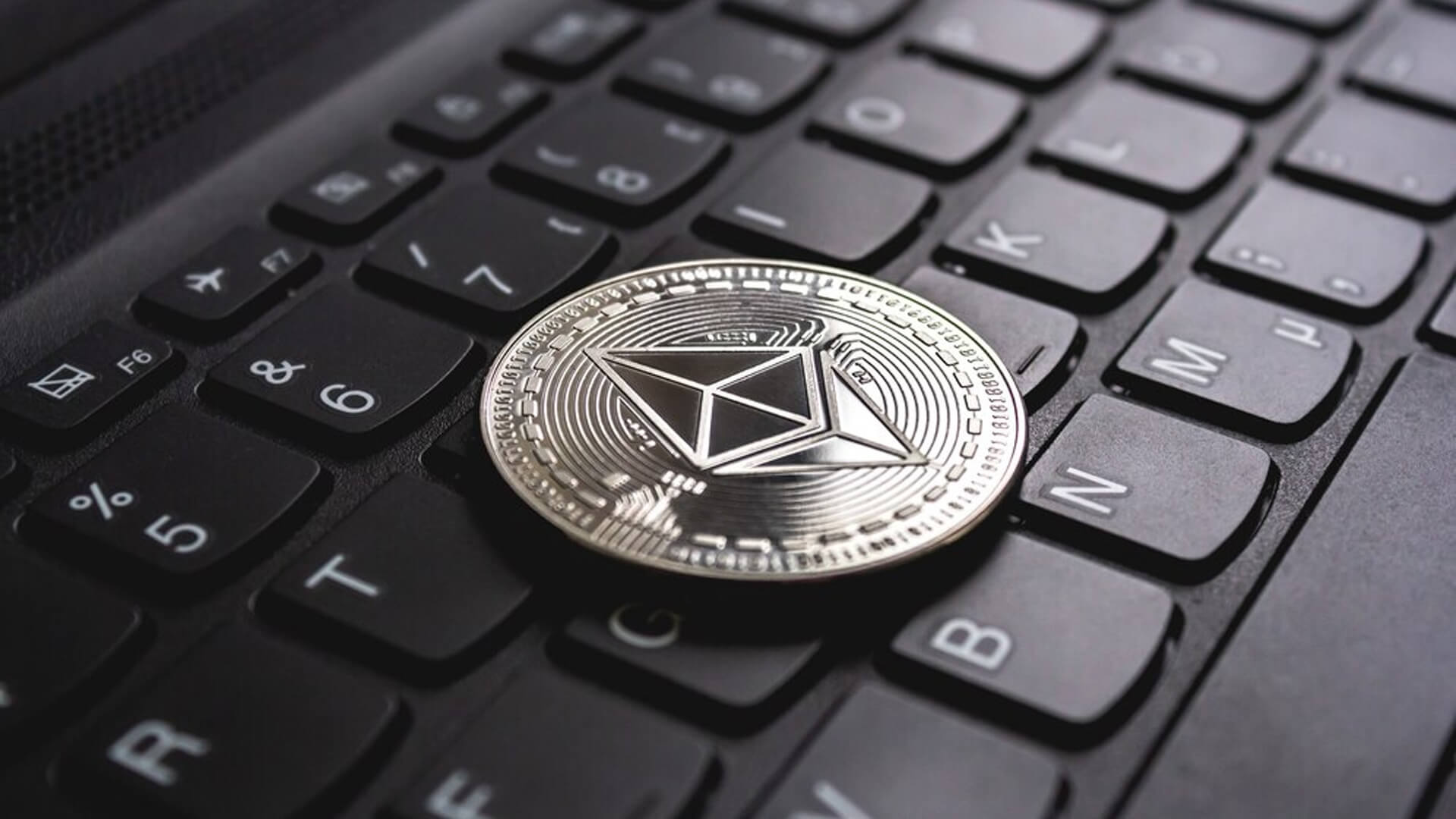Ethereum ERCs

Krishna Vepakomma |
The Ethereum blockchain has revolutionized the world of decentralized applications (dApps) and smart contracts. At the heart of Ethereum's success lies the ERC (Ethereum Request for Comments) standards, which define a set of rules and protocols for creating and interacting with tokens on the Ethereum network. In this article, we present the ultimate list of ERC standards that have emerged as the building blocks for the Ethereum ecosystem.
1. ERC-20: The Game Changer ERC-20 is perhaps the most well-known and widely adopted standard in the Ethereum ecosystem. It defines a set of rules for creating fungible tokens, which are interchangeable and can represent digital assets like cryptocurrencies, utility tokens, or even real-world assets. ERC-20 tokens have played a significant role in fueling the growth of Initial Coin Offerings (ICOs) and enabling seamless tokenization of various assets.
2. ERC-721: Unique Non-Fungible Tokens (NFTs) While ERC-20 tokens are interchangeable, ERC-721 tokens represent unique and non-fungible assets. These tokens have gained immense popularity in the world of digital art, collectibles, and gaming. Each ERC-721 token has a distinct value and can be used to represent ownership of unique assets like artwork, virtual real estate, or in-game items.
3. ERC-1155: The Hybrid Standard ERC-1155 is a newer standard that combines the features of both ERC-20 and ERC-721. It allows for the creation of both fungible and non-fungible tokens within a single smart contract. This hybrid standard offers flexibility and efficiency, making it suitable for applications that require a mix of interchangeable and unique tokens.
4. ERC-777: Enhanced Token Functionality ERC-777 is an advanced token standard that extends the functionality of ERC-20 tokens. It introduces additional features like hooks, which enable the execution of customized logic during token transfers. ERC-777 also includes improved token management and more efficient token transfers compared to ERC-20.
5. ERC-1400: Security Token Standard ERC-1400 is specifically designed for security tokens, which represent ownership in traditional financial assets like stocks, bonds, or real estate. It introduces enhanced security features, regulatory compliance mechanisms, and investor protections. ERC-1400 tokens provide a bridge between traditional financial markets and blockchain-based ownership.
6. ERC-223: Improved Token Transfers ERC-223 is an upgrade to the ERC-20 standard, addressing some of its limitations. It introduces a new transfer function that helps prevent the loss of tokens during transactions. With ERC-223, users can now send tokens directly to smart contracts without worrying about failed transactions or lost tokens.
7. ERC-1337: Gaming and Virtual Assets ERC-1337 is a standard tailored for gaming and virtual asset markets. It offers features specific to gaming, such as in-game items, virtual currency, and digital collectibles. ERC-1337 tokens enable interoperability among different gaming platforms and facilitate the creation and trading of virtual assets.
8. ERC-948: Subscription Payments ERC-948 introduces a standardized framework for subscription payments using Ethereum. It enables the creation of tokens that represent subscriptions and defines a set of rules for recurring payments. This standard opens up possibilities for decentralized subscription-based services and applications.
9. ERC-1620: Peer-to-Peer Loans ERC-1620 introduces a standardized format for peer-to-peer lending on the Ethereum blockchain. It enables the creation of tokens that represent loan agreements between parties. ERC-1620 tokens provide transparency, immutability, and automation to the lending process, facilitating decentralized lending platforms.
10. ERC-1967: Upgradeable Smart Contracts ERC-1967 focuses on the upgradability of smart contracts. It introduces a proxy pattern that allows for the separation of the contract's implementation from its logic. This enables developers to upgrade smart contracts without disrupting user interactions or requiring users to migrate their tokens.
In conclusion, the Ethereum blockchain has seen tremendous growth and innovation driven by the various ERC standards. Each standard has its unique purpose, catering to different use cases and unlocking new possibilities for developers and businesses. The ultimate list of ERC standards presented in this article showcases the versatility of Ethereum and highlights the broad range of applications that can be built on this blockchain. As the Ethereum ecosystem continues to evolve, we can expect new ERC standards to emerge, further expanding the capabilities and potential of decentralized applications and tokenization